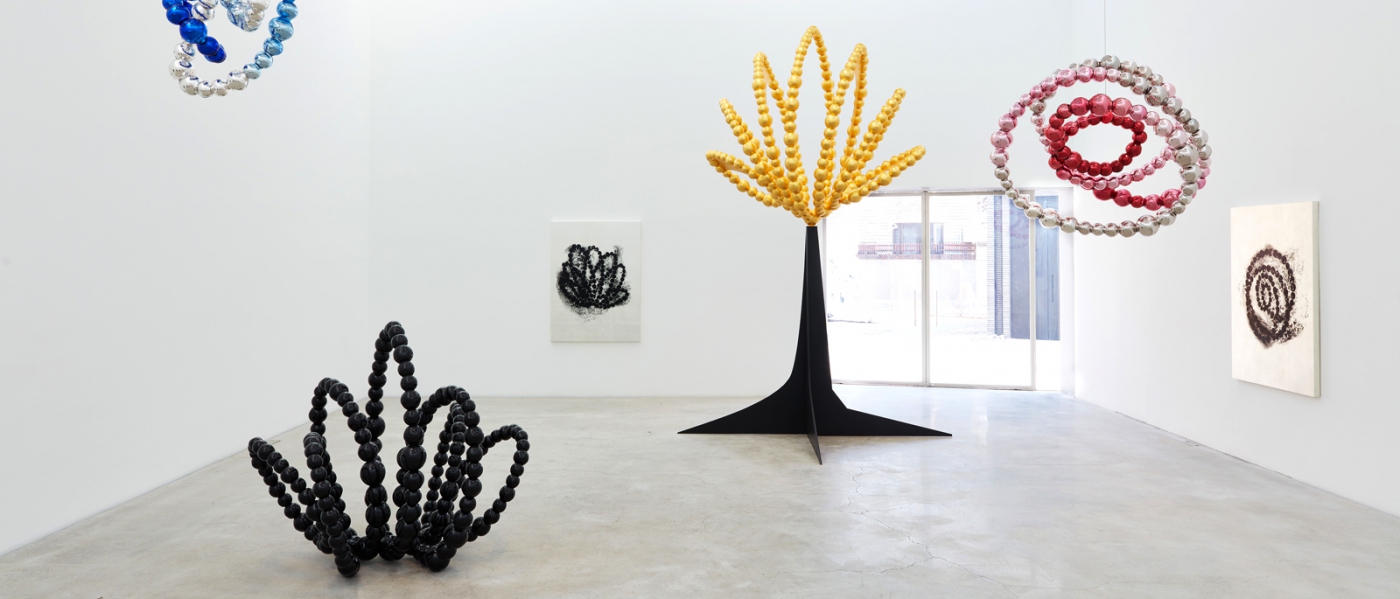
Black Lotus
February - March 2016, Kukje Gallery, Seoul
Black Lotus
February - March 2016, Kukje Gallery, Seoul
Discover the exhibitionBlack Lotus
"Flowers play a very important role in my work. My obsession with the hidden meaning of flowers and their symbolism offers me a new way of looking at the world; for me, reality remains a source of perpetual wonder. In preparing this exhibition at the Kukje Gallery, which brings together a series of new works, I was inspired by the Lotus flower.
During my numerous voyages in Korea, I was struck by the omnipresence of the Lotus flower, not only in gardens, but also in paintings, sculptures and traditional motifs in architecture. A symbol of perfection, truth and serenity, the Lotus also plays an important role in the Buddhist world; Buddha is often represented seated on lotus petals, a posture that evokes the ultimate stage of enlightenment.
For the exhibition, this powerful symbol of spirituality led me to explore a new, more abstract, more radical dimension in my work, and to employ a more restricted color palette: black and white, violet and dark blue, mirror and white gold.
Rising immaculate from murky waters, closing in the shadows of night, the lotus symbolizes purity, the awakening of the spirit and the heart. To create a black lotus is to embody an oxymoron, to symbolize dark in lightness and revealing what is hidden. In addition, this baroque figure suggests the inspiration (also baroque) for the Belles Danses (The Beautiful Dances), the sculpture-fountains I created in 2015 for the gardens at the Château de Versailles.
Black Lotus is Baudelaire's fleur du mal (flower of evil) and Rimbaud's romantic splendeur invisible (invisible splendor); it is Gérard de Nerval's soleil noir de la mélancolie (black sun of melancholy), and recalls my “self-portraits” in obsidian exhibited in Basel last spring.
Black Lotus is also the title of large-format paintings on canvas, images made in ink on layers of white gold leaf. I am very pleased these works are being shown for the first time in Korea. Painted in thick, black lithography ink, they may not have the gestural fluidity of Asian calligraphy but they echo its sense of high contrast, dynamic movement, radicality and abstraction. In them, I explore a poetic minimalism in which the beauty and strangeness of dreams take shape, in which the real becomes extraordinary. As with Ellsworth Kelly, it is through observing reality Through the Looking-Glass mirror that abstraction came about in my work."
Jean-Michel Othoniel



